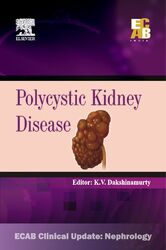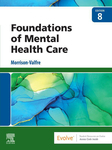「重要なお知らせ:日本語書籍をご購入いただき、eLibraryをご利用の皆さまへ」
エルゼビアは、より快適にサービスをご利用いただくため、システムの重要なアップデートを実施いたします。
現在、新サイト、eBooks+への移行が進められています。
新規ユーザー登録および書籍の登録はElsevier eLibraryでは停止しております。
12月15日以降に
こちらよりご利用・ご登録ください。
Book Description
Renal cystic diseases include a large number of sporadic and genetically determined congenital, developmental, or acquired conditions. A cyst is a cavity lined by epithelium and filled with fluid. Cysts derive primarily from tubules (from Bowman’s capsule to the collecting duct). Cystic kidneys of different etiologies may appear morphologically similar, whereas the same etiologic entity may cause a wide spectrum of renal abnormalities. Simple renal cysts are acquired and are not associated with any disease. In contrast, polycystic kidney diseases can be complicated by renal failure or tumor development.
Autosomal dominant polycystic kidney disease (ADPKD) is the most common potentially lethal single-gene disorder. Its prevalence at birth is between 1:400 and 1:1,000. It may progress to end stage renal disease by age 60 with 4.4% of patients requiring renal replacement therapy (dialysis or transplant) have ADPKD.
The book is a comprehensive guide to diagnosis and management of the condition with special reference and experience around the same in India. The authors have put together the most relevant facts about the disease for an easy comprehension and understanding of the same by practitioners and students across the specialty.


 (0 rating)
(0 rating) 






